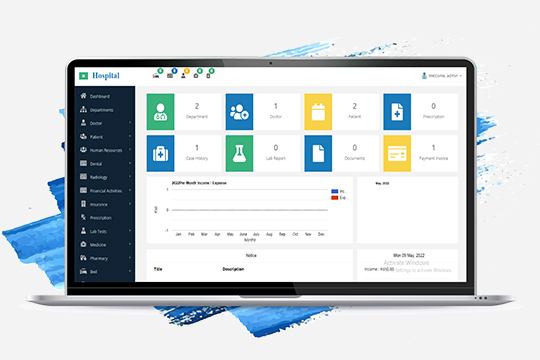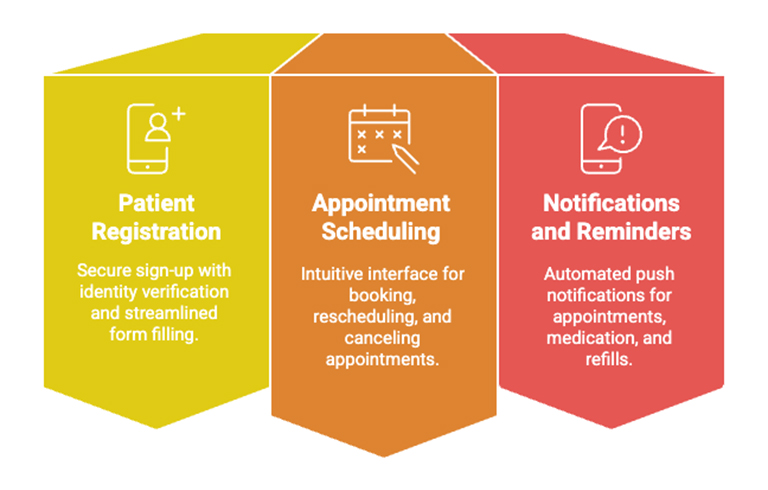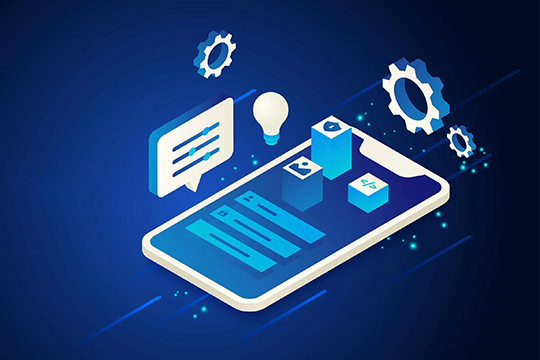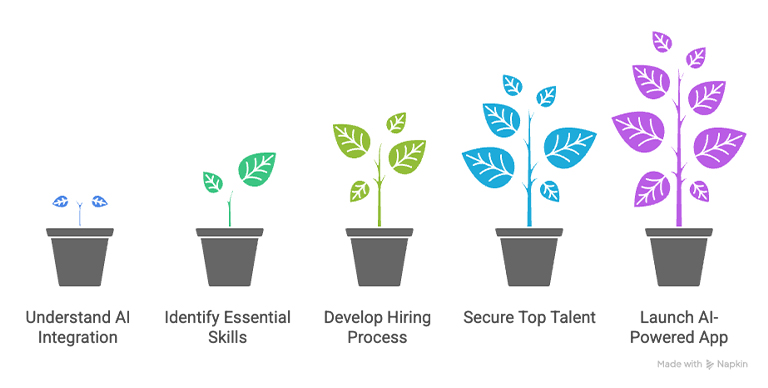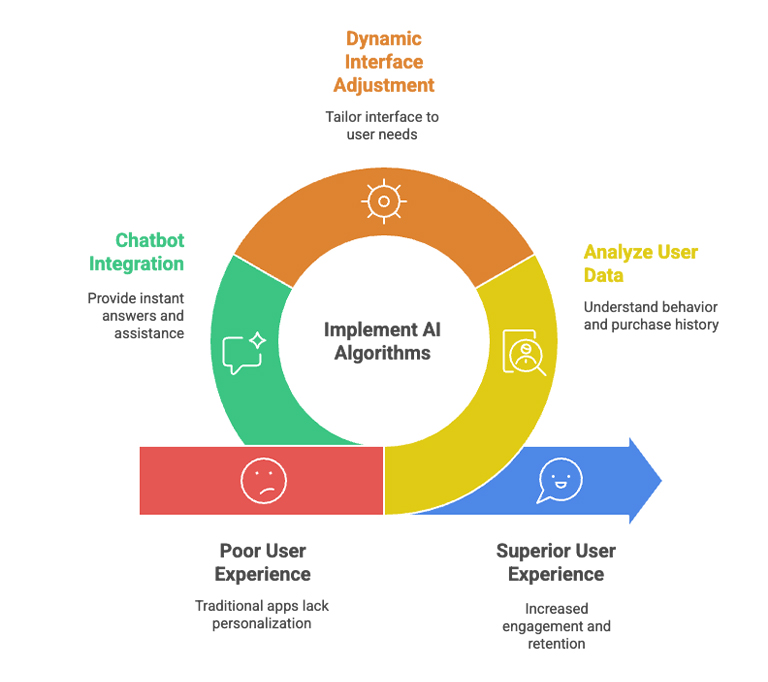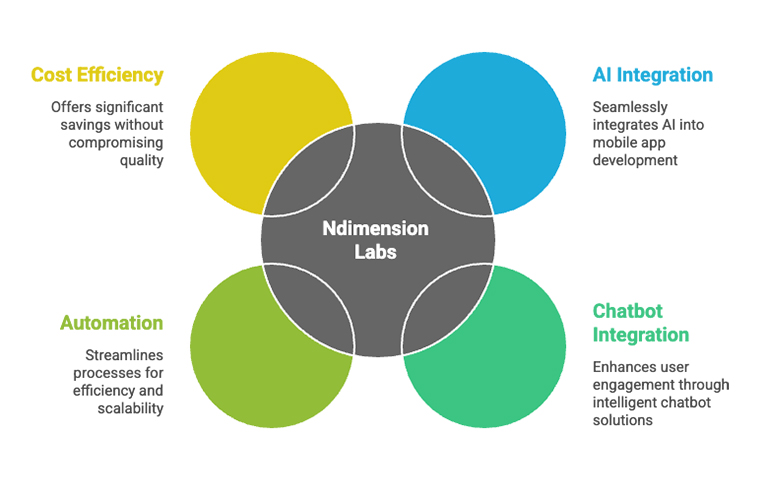The Rise of Digital Healthcare: Transforming the Patient Journey
The relationship between patients and healthcare providers is undergoing a rapid, fundamental transformation. We’ve moved from paper-based records and endless phone tag to a world where health management is literally in the palm of our hands. This digital shift, accelerated by global events, is not just a convenience—it’s an absolute necessity for modern healthcare delivery.
The numbers speak for themselves. The global digital health market is projected to grow from an estimated $427.24 billion in 2025 to over $1.5 trillion by 2032, exhibiting a massive CAGR of 19.66%. A significant driver of this growth is the adoption of mHealth (mobile health) applications. Moreover, studies show that nearly one in three adults in the U.S. uses a wearable device to track health, and the average number of digital health tools used by physicians grew to 3.8 in 2022, up from 2.2 in 2016. Patients are actively seeking digital tools, and healthcare institutions are responding with robust platforms.
This is where the Patient Management Application (PMA) comes in. It’s the essential technological backbone that binds the patient journey together, moving a hospital or clinic from being a reactive service provider to a proactive healthcare partner. Building a Patient Management Application is no longer a luxury; it’s the foundation for future-proof, efficient, and patient-centric care.
Digital Shift Transforms Healthcare
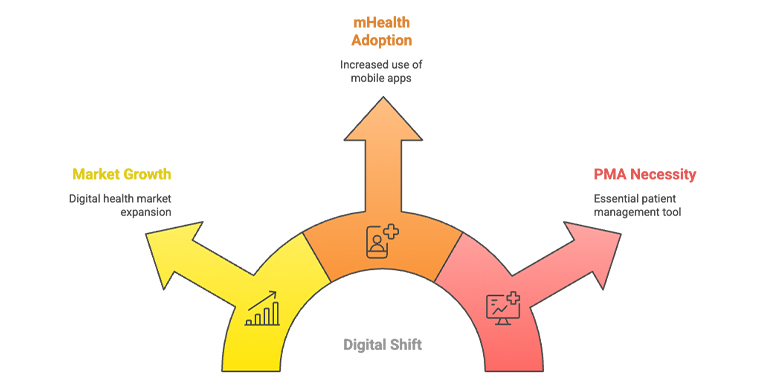
What is a Patient Management Application?
A Patient Management Application (PMA) is a comprehensive software solution—often delivered as a mobile app, web portal, or a hybrid platform—designed to streamline and automate the administrative and clinical workflows associated with patient care. Think of it as the ultimate digital coordinator for both the patient and the healthcare facility.
In simple terms, a PMA’s primary purpose is to move patient-related tasks from fragmented, manual processes to a single, integrated digital environment.
- For the patient, it’s a personal health command center—a single place to manage appointments, view test results, pay bills, and communicate securely with their doctor.
- For the healthcare provider (doctor, nurse, or admin staff), it’s a powerful Hospital Management System module that centralizes scheduling, patient history, billing records, and clinical notes, dramatically boosting operational efficiency.
For example, instead of a patient spending 15 minutes on a phone call to reschedule an appointment, they can do it in three taps on the app. Instead of a doctor searching through a paper chart for lab results, they access the patient’s complete, longitudinal Electronic Health Record (EHR) instantly from their dashboard. This real-world efficiency transforms patient satisfaction and frees up staff to focus on actual care.
Patient Management Application Ecosystem
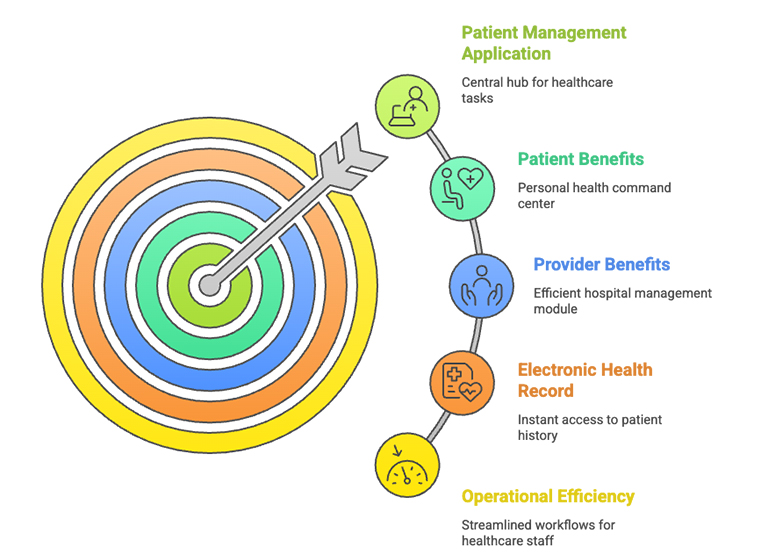
Key Features of a Successful Patient Management App
To be successful, a Healthcare App Development project must incorporate features that serve both sides of the care equation—patients and providers. The following are the essential components of a robust Patient Management Application:
Core Patient-Facing Features
- Patient Registration & Onboarding: Simple, secure sign-up with options for identity verification (e.g., Aadhar, Government ID) and a streamlined process for filling out preliminary forms.
- Appointment Scheduling and Calendar Sync: Intuitive interface for booking, rescheduling, and canceling Must integrate with popular calendar apps (Google, Outlook) and provide real-time availability of doctors.
- Notifications, Reminders, and Prescription Tracking: Automated push notifications for upcoming appointments, medication dosage times, and refill reminders. A digital log for tracking prescription history.
- Telemedicine Integration: Direct access to secure video or chat consultations with doctors.
Healthcare App Features
Core Provider/Admin-Facing Features
- Electronic Health Records (EHR) / EMR Integration: The most critical Secure storage, retrieval, and viewing of a patient’s medical history, lab results, imaging reports, and vital signs. Must be searchable and filterable.
- Doctor and Admin Dashboards: Role-based access with tailored views. Doctors see their daily schedule and patient records; Admin staff manage patient registration, insurance verification, and billing.
- Billing, Payments, and Insurance: Secure integration with payment gateways (Stripe, Razorpay) for services and co-pays. Features for insurance claim submission, tracking, and eligibility verification.
- Internal Communication Tools: Secure in-app messaging between care team members for seamless collaboration.
Healthcare Software Features
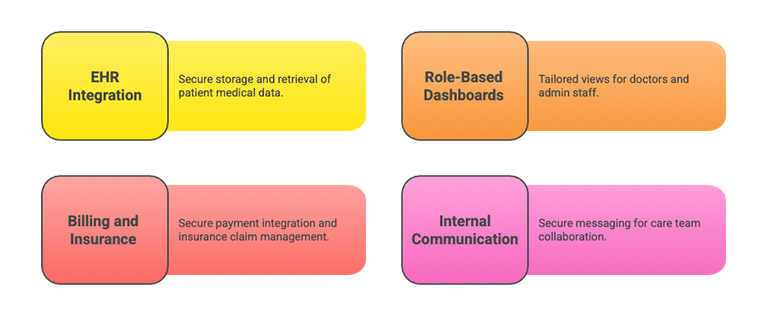
Non-Negotiable Foundational Features
- Data Security and Compliance: Medical Software Development is incomplete without stringent security. This includes end-to-end encryption, multi-factor authentication, and adherence to regional regulations like HIPAA (U.S.), GDPR (Europe), and the DPDP Act (India).
Step-by-Step Guide: How to Build a Patient Management Application
Developing a feature-rich, compliant Patient Management Application requires a structured, multi-stage approach. Rushing this process, particularly the security and testing phases, is a recipe for disaster in the sensitive healthcare industry.
Step 1: Market Research & Competitor Analysis 🔍
Identify the problem your app will solve. Are you targeting specialty clinics, large hospitals, or chronic disease management? Analyze existing Hospital Management System solutions and competitor PMAs to find gaps and opportunities for innovation. Define your Unique Value Proposition (UVP).
Step 2: Feature Planning & Wireframing
Based on your research, create a detailed feature list (as outlined in Section 3). Develop wireframes (skeletal blueprints) and a Minimum Viable Product (MVP) scope. The MVP should include the essential core features—secure login, appointment booking, and basic EHR viewing—to launch quickly and gather real user feedback.
Step 3: UI/UX Design for Ease of Use
In healthcare, design is paramount. The interface must be intuitive, clean, and accessible (e.g., following WCAG standards) for users of all ages and technical literacy. A confusing interface can lead to medication errors or missed appointments. Focus on clear navigation, readable fonts, and minimizing clicks for core tasks.
Step 4: Backend & Database Development: Choosing the Right Tech Stack
The tech stack determines your app’s performance, scalability, and security. For modern, cross-platform PMAs, common choices include:
- Frontend (User Interface): Flutter (for a single codebase across iOS/Android) or React Native (for strong community support and JavaScript developers).
- Backend (Server Logic): js (excellent for real-time data flow, like appointment updates) or Python/Django (known for robust security).
- Database: PostgreSQL (for relational structure and ACID compliance) or MongoDB/Firebase (for rapid development and flexibility).
- Cloud Infrastructure: AWS, Microsoft Azure, or Google Cloud Platform—all offer HIPAA/GDPR-compliant hosting environments.
Real-World Insight: Leveraging a modern stack like React Native + Node.js allows for faster development and lower maintenance costs than building separate native apps for iOS and Android.
Step 5: Integration of AI/ML for Analytics or Predictions 🧠
Modern PMAs move beyond simple record-keeping. Integrate Artificial Intelligence (AI) and Machine Learning (ML) to:
- Predict Appointment No-Shows: Use patient history to flag high-risk no-shows, allowing admin staff to intervene with a reminder.
- AI-Driven Analytics: Analyze patient data (lab results, demographics) to identify patients at risk of chronic disease progression.
Step 6: Testing & Quality Assurance
Testing in a healthcare app is a rigorous process, including functional testing (does the feature work?), usability testing (is it easy to use?), and, most importantly, Security Testing (Penetration Testing, Compliance Audits). The application must be flawless and breach-proof.
Step 7: Deployment and Maintenance
Once certified and compliant, the app is deployed to the App Stores (iOS/Android) and/or web servers. Post-launch, continuous maintenance, bug fixes, updates, and scalability monitoring are essential to keep the platform secure and high-performing.
Security, Privacy & Compliance in Healthcare Apps
Data security is the cornerstone of any successful Healthcare App Development project. Patient data is classified as Protected Health Information (PHI) and is subject to the strictest regulations worldwide. A data breach can lead to massive fines, loss of public trust, and legal action.
- Encryption Standards: All data, both at rest (in the database) and in transit (between the app and the server), must be encrypted using standards like AES-256 for storage and TLS/SSL for transmission.
- Role-Based Access Control (RBAC): Only authorized users should see specific data. For instance, a nurse can see vital signs, but only a billing administrator can access a patient’s insurance details.
- Cloud Security: Utilize compliant cloud services like AWS or Azure, which provide pre-certified, secure environments for hosting PHI.
Navigating Global Compliance Requirements
A global-ready PMA must be built with a ‘Security-by-Design’ philosophy to meet key regulatory standards:
- HIPAA (Health Insurance Portability and Accountability Act – U.S.): Sets the standard for protecting sensitive patient Strict requirements for data access, audit trails, and security safeguards.
- GDPR (General Data Protection Regulation – Europe): Focused on patient consent, the “right to be forgotten,” and severe penalties for non-compliance.
- DPDP Act (Digital Personal Data Protection Act – India): Requires clear, lawful, and purpose-based processing of personal data, with strong obligations on data fiduciaries.
Role of Ndimension Labs in Building Healthcare Applications
Choosing the right development partner is the difference between a compliant, scalable PMA and a costly failed project. Ndimension Labs is a leading software development company that specializes in cutting-edge Ndimension Labs Healthcare Solutions, particularly in the highly regulated health tech space.
We bring years of expertise in crafting secure, high-performance, and user-friendly digital platforms for hospitals, clinics, and health-tech startups. Our core strengths include:
- Custom Healthcare App Development: We design bespoke patient management and Medical Software Development from the ground up, ensuring every feature perfectly matches your clinical workflow and business needs.
- API Integrations & Secure Cloud Infrastructure: Our expertise in integrating with existing EHR/EMR systems and setting up compliant, scalable infrastructure (AWS, Azure) ensures your app is robust and ready for growth.
- AI-Based Patient Analytics: We leverage advanced AI/ML models for predictive diagnostics, patient behavior analytics, and operational efficiency improvements. For example, using AI to categorize and prioritize patient queries for quicker response times.
- Post-Launch Support and Maintenance: We provide comprehensive 24/7 monitoring, security audits, and continuous updates to ensure your application remains compliant and performs optimally in the ever-evolving digital
“At Ndimension Labs, we don’t just code — we create digital healthcare experiences that improve patient outcomes and streamline hospital operations.”
Ndimension Labs’ Healthcare Solutions
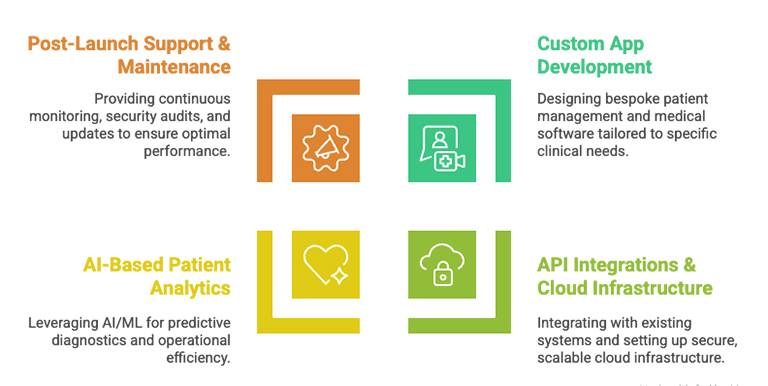
Cost of Developing a Patient Management App
The cost of building a Patient Management Application is a major factor, driven by complexity, feature set, and the chosen tech stack. Costs can vary widely depending on the type of application:
| App Tier | Estimated Cost Range (USD) | Key Features |
| Basic PMA (MVP) | $10,000 –
$15,000+ |
Simple scheduling, patient registration, basic profile, static information view. |
| Mid-Level PMA | $30,000 –
$80,000+ |
All basic features plus secure messaging, partial
EHR view, basic payment gateway integration, and one regulatory compliance (e.g., HIPAA). |
| Enterprise-Gr ade PMA | $100,000 –
$300,000+ |
Full EHR/EMR integration, AI analytics, telemedicine module, custom provider dashboards, multiple regulatory compliance (HIPAA, GDPR), and complex billing/insurance logic. |
Factors Affecting Cost:
- Feature Complexity: The more integrations (AI, IoT, EMR), the higher the
- Design Complexity (UI/UX): Custom, high-fidelity design is more costly than template-based design.
- Tech Stack: Native apps (Swift/Kotlin) are often more expensive than cross-platform (Flutter/React Native) due to needing two separate
- Development Partner Location: Costs vary significantly between North America, Europe, and offshore locations.
To get an accurate estimate for your unique Healthcare App Development project, connect with Ndimension Labs today.
Future Trends in Patient Management Applications
The next few years promise a radical transformation in how PMAs function, driven by pervasive technology. Investing in a future-ready application now is critical.
- Telemedicine Integration: Fueled by high telehealth usage (The US saw a 154% increase in usage in Q1 2020), seamless video and chat consultations will be standard features.
- IoT Health Monitoring: PMAs will integrate with wearable devices (smartwatches, continuous glucose monitors) and other Internet of Things (IoT) devices to collect and analyze real-time patient data.
- AI-Driven Diagnostics & Personalization: AI-powered systems are already being used to analyze medical images and predict diseases like diabetic retinopathy. Soon, PMAs will use AI to provide personalized health insights and treatment adjustments.
- Blockchain for Secure Record Sharing: Blockchain technology is emerging as a solution for creating an immutable, secure, and auditable ledger for sharing health records across different providers without compromising privacy.
The global healthcare mobile application market is projected to reach over $1 trillion by 2030, reflecting a staggering CAGR of 45.2% from 2025 to 2030. This growth is a clear indicator that the digital patient journey is the future.
Conclusion: Empowering the Future of Digital Healthcare
Building a Patient Management Application is a strategic investment in efficiency, compliance, and, most importantly, patient trust. It’s about more than just software; it’s about creating a smarter, more accessible healthcare ecosystem. By meticulously planning the features, prioritizing security, and choosing a development partner with deep expertise in regulated health tech, you can build a platform that truly revolutionizes care delivery.
The future of healthcare is digital, integrated, and intelligent. Don’t be left behind in the era of paper and phone calls.
Let’s work together to build smarter healthcare solutions — with Ndimension Labs by your side.

